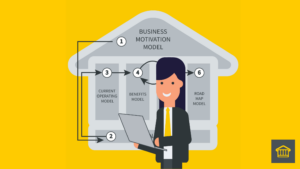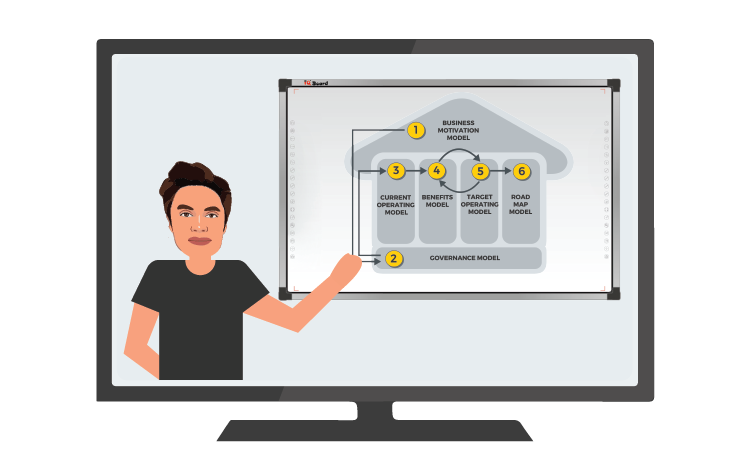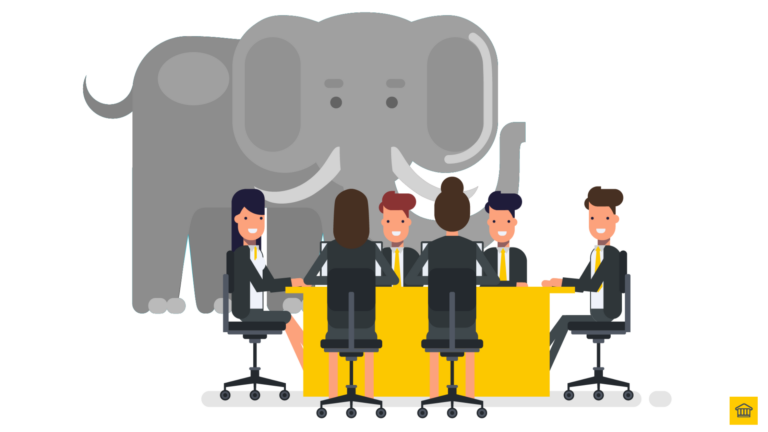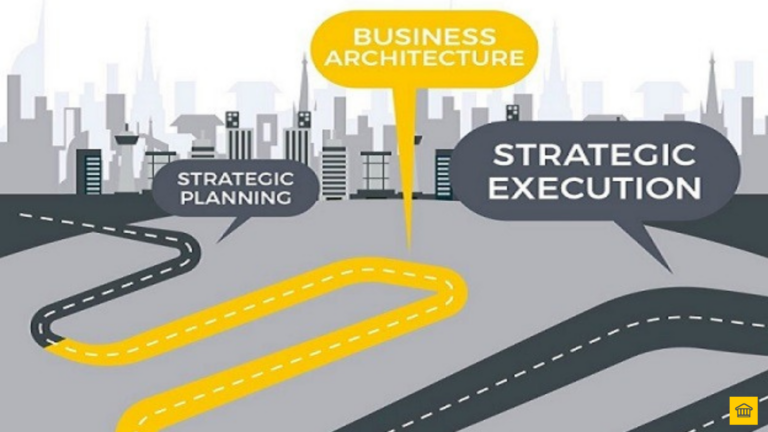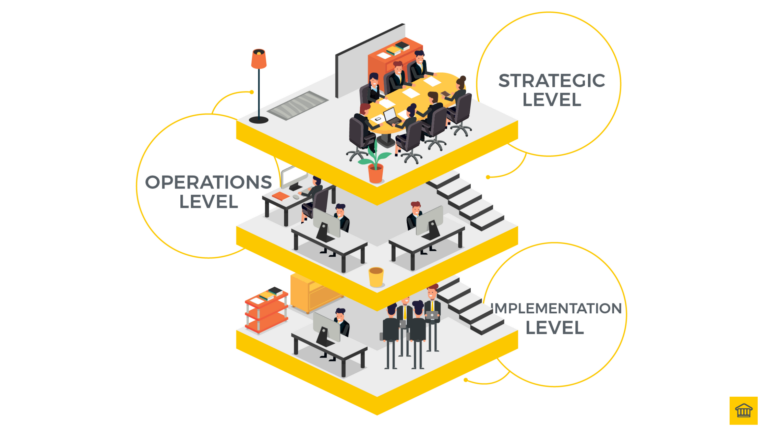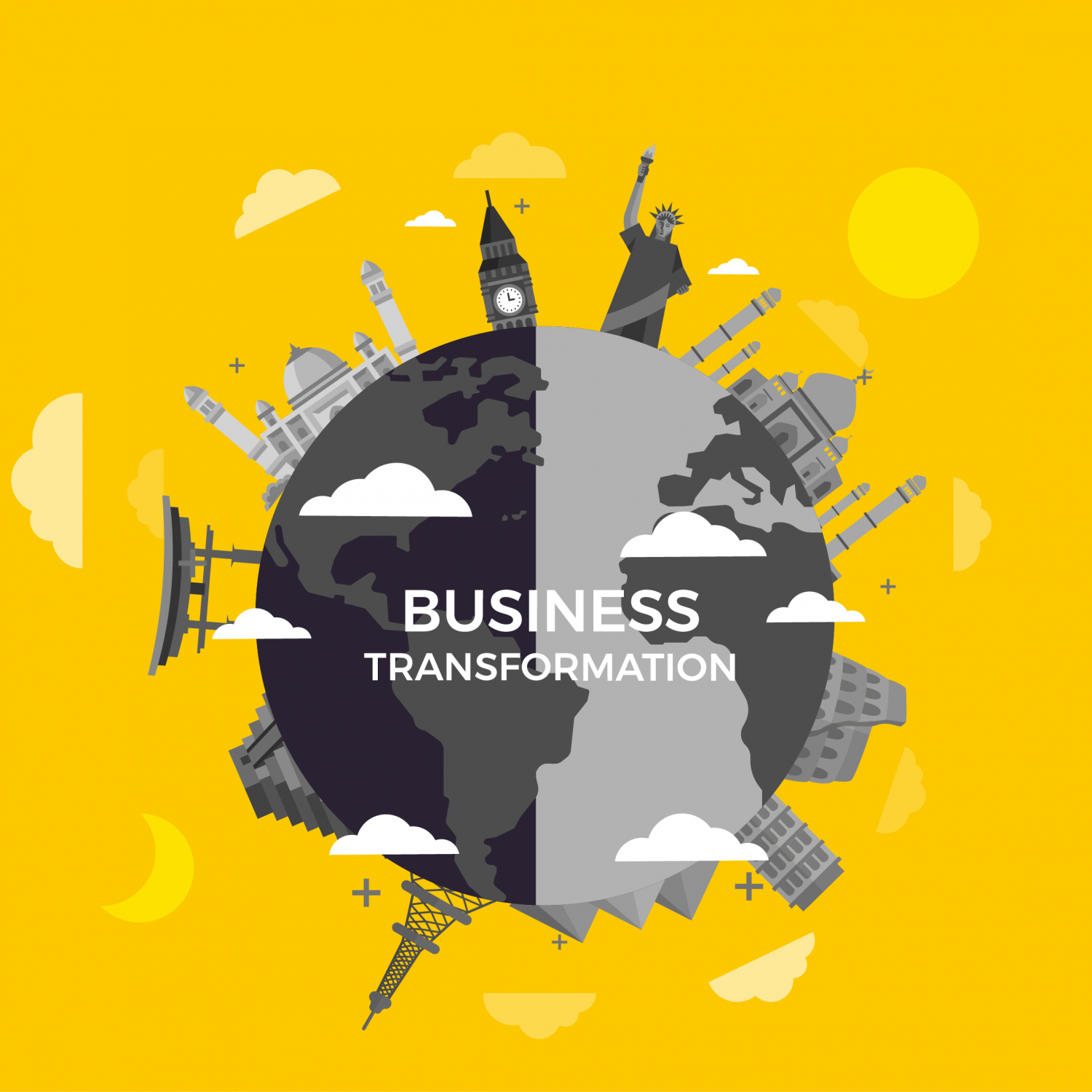It is an undeniable reality that COVID-19 has been brutal and fierce considering its social and economic impacts worldwide. It has spread with a shockingly high rate, infecting over 9.7 million individuals across the globe and has brought the economic and business activities to an abrupt halt.
According to the June 2020 Global Economic Prospects, the global economic landscape is about to be hit with a massive drop in prospects for growth. The estimates suggest that a 5.2 percent contraction is expected in the global GDP in 2020. The report contains probable cause to believe that this might follow the deepest global recession in decades despite the extraordinary sustainable efforts made by governments around the globe.COVID-19 is likely to contract the per capita income in the largest proportion of countries worldwide since 1870.
However, there is always a light at the end of the tunnel.
In this post, we’ll discuss:
- How are Businesses coping with the new change?
- The hidden problems with this new model,
- The survivors vs. the affected, and
- Answers the question everyone is asking ‘is this the future of work?
Let’s begin with the current status – many businesses have transformed their ways of working to cope up with the unexpected changes, while some haven’t.
If you have any difficulties in devising proper Business Transformation plans, you might want to have a look at my recent article regarding – Business Transformation lessons from COVID-19.
How are Businesses Coping with the New Change?
It is only natural for humans to be reluctant to change due to the fear of uncertainty. But when push comes to shove, humans undoubtedly are the best in adapting and surviving.
This is the reason why COVID-19 resulted in some positives out of this grief and unwanted overall situation. Only the implementation and usage of effective business design helped businesses to survive through this.
Digital Transformation
- The employee experience is evolving at a remarkably high rate. Pre-COVID, employees would be accused as being tech-needyindividuals who required state-of-the-art facilities to function optimally irrespective of the fact the company was surviving on shoestring budgets.With remote-working in motion, employees have learned to make-do with the available resources and extract the best use out of them. The problem-solving focus that was required is back.
- Companies have begun to realise the importance of automation that can help them reduce costs and also enhance security. Although automation is nothing new, in this day and age, it has become more of a thing of resilience than innovation. Which is why companies are outweighing the pros and cons with respect to costs in order to make educated decisions.
- Businesses are able to identify and remove redundancies and conflicts in the current workforce. The large-scale audit that was always encouraged from the start can finally be implemented with ease. This will help the companies improve their financial situations by removing the extra costs.Wondering how you can make this transformation game changing for your business? Head over to my free webinar to understand the entire process and the ideal way to success!
Work from Home (Remote Working)
Due to the ongoing pandemic, when businesses were forced to shut their physical offices down, majority of the businesses didn’t quite anticipate what was happening. However, following the traits of the relatively prepared ones, the implementation of work-from-home (WFH) began on a global scale. Slowly but effectively, businesses started to realise that despite certain initial hiccups from the re-introduction of the forces (re)forming-storming-norming-performing (re)group formation, WFH started yielding positive results.
The list of probable challenges in the start of remote-working read like this:
- Isolation – The concept of isolation or having stuck inside a single, repetitive environment can be hurting for the employees’ productivity.
- Social Bonding – Majority of the employees tend to function better due to their healthy relationships with coworkers. The absence of social bonding was stressful.
- Technological Issues – Technical difficulties at any point can be extremely stressful and can potentially halt the WFH operation.
- Work-life Balance – Since businesses had never experienced this on a large-scale, it was believed that maintaining the work-life balance would be extremely difficult if you are cornered by your house chores and domestic duties.
However, the experience of implementing WFH deemed positive results for majority of the companies. Large economic players such as Amazon, Facebook, Google, JPMorgan, Twitter, and other leading corporations experimented by implementing modular WFH shifts. It yielded positive results and cemented the fact that if implemented with the right protocols, remote working can be rewarding for majority of the business community.
You might also like: Is Working from Home the New ‘IT’ Thing?
The Survivors and the Affected
It is fair to say that no currently afloat business can claim that it wasn’t affected by the current global pandemic. However, the survivors and the businesses that succumbed to pressure are only categorised on the basis of who made the right changes and what exactly are the right changes?
Idealising multi-million dollar companies surviving this pandemic might not be the best approach to gauge the impact. Here’s examples of 3 small-scale businesses that managed to stay afloat and survive during COVID-19:
- MovementX – a mobile, one-on-one, hands-on physical therapy provider is the first on our list.Physical Therapy requires the physical presence of a healthcare professional to cater to the needs of its patients. However, lockdown forced a dramatic drop in business as social distancing was appreciated as the need of the hour.By quickly shifting to Telehealth facilities and conducting socially-distanced in-person therapy sessions, MovementX discovered a new dimension to ensure their survival. The in-person treatments are only scheduled for those who possess critical needs and require appropriate protective equipment.Furthermore, they launched a virtual exercise series Age Proof Your Body (8-week experience) for adults aging 60+ to ensure they can maintain their physical health.
- Chaia Taco – an unconventional taco shop in Washington, DC.Since Chaia Taco is a unique taco shop, its sales were primarily dependent on people socialising. However, due to the lockdown implementations, their sales dropped down to as high as 80%.
Luckily, food is one of the essential items that can never go out of business unless the business implements a stringent and rigid business model. Chaia Taco quickly shifted towards pick-up, delivery, and takeout options. By limiting their service hours, they were able to reduce labor costs and implemented a two-person team model that consists of one owner and one kitchen employee in each store.
- Reid-Rodell – a full-service event planning firm.Of course, event planning is a business solely reliant on in-person gatherings, which is why due to the halt in business activities, their business suffered a 95% loss of scheduled events.Despite the pandemic, the need of graduations, weddings, birthdays, and fundraisers is still there. This is the reason Reid-Rodell shifted its working mechanism to virtual events by collaborating with firms that can provide virtual services to execute this innovative yet essential service.
Is this the New Normal? Can this be Considered as the “Future of Work”?
Indeed, it is. According to a research, 79% of organisations claimed that their workforce transformation would accelerate in the next 3 years. Businesses have undertaken measures to support workforce transformations that include new technology implementations (56%) and skills-training (54%).
Furthermore, approximately 40% of the businesses are redesigning and improving their employee experience by implementing various techniques that can enhance ease and productivity for the employees.
This cements the fact that the stage is set, the impossible transformations are now underway and are being implemented at a large-scale. Due to these transformations, businesses are experiencing significant cost reductions and efficiency boosts. But…
Is this a Good Thing?
Digital Transformation has been on the verge of wide spread adoption and implementation for a while. However, the exceedingly fast-paced business environment never allowed businesses to shift their paradigms and implement anything innovative yet risky until under COVID. Moreover, as much as the idea seems extremely fulfilling and sufficient, many believed that the process was just too risky to implement considering their companies’ current financial situations.
Before the arrival of this global pandemic, nobody would have believed the importance of being digital would be as great as today. This elaborates the fact that uncertainty is a major factor in the business community and businesses need to be prepared for it.
Maybe these transformations won’t be sustainable, but for now, these frameworks are the best shots for businesses to survive through this and rebuild themselves.
The truth is, remote Working has undoubtedly yielded more advantages than its disadvantages. By cutting on the unwanted and wasteful hours in traffic, bypassing the need of physical meetings, and implementing a paperless workflow, WFH has proven to be more productive if the protocols are being implemented with due diligence.
Does the Change Give Rise to a New Set of Challenges?
Innovation never comes alone. It’s always accompanied by a set of challenges that can be minimised by opting for preemptive measures and creating secure environments.
Currently, the most pressing issue is the lingering threat of cybersecurity and data breaches. With WFH being implemented full-time, many companies are relying on various cloud services that provide cloud storage, online meeting facilities, and collaborative environments to interact seamlessly.
While they provide extreme feasibility in productivity, they are also easy targets for unethical penetrators to compromise the security of a business and steal their confidential data.
However, businesses have partnered with cloud services and advanced software providers that provide cybersecurity facilities to ensure top-notch security.
How Should We Prepare Ourselves for the Future?
As mentioned earlier, the future is uncertain. However, for the sake of forward planning, there are certain measures that can be taken to safeguard your sustainability.
Introduction of Automation
Businesses have started to realise that redundant and pattern-based tasks can be automated, which can reduce the workforce strength and the current staff members can be trained in new areas to expand the companies’ domain(s).
Intelligent Selection Criteria for Hiring Full-Time and Part-Time Workers
The debate of the difference in productivity of full-time and part-time workers has been around for a while. However, due to the need of the hour, it might finally come to a conclusive end. Since majority businesses are now aiming for skills rather than paper-based qualifications, skilled workers both full-time and part-time will be hired to collaborate, innovate, and solve problems with mutual creativity.
Furthermore, the intelligent mix of full-time and part-time individuals in a workforce will radiate a positive image of an organisation that leads to a better customer (and employee) experience.
How Can Businesses Mitigate Issues Related to the New Transformation?
1. Let Strategy Take over
Businesses will be required to setup strategic goals that will drive decisions with respect to the need of skills and trainings. This will also help in devising plans for relocation and hiring of labour. Businesses may need to automate most of their systems – which would also require training of the staff. Strengthening communications should also be a top priority. Here’s a helpful course and blueprint that might help!
2. Articulate a Clear Vision
In order to enforce workforce decisions, the businesses must develop a clear vision that is communicated with the entire team to ensure that all the stakeholders (and employees) are at the same page with respect to the growth of the company.
3. Avoid Overlapping the Digital and Workforce Transformations
The overlap between digital and workforce transformation can be hurtful because they are separate in nature and effect. However, it won’t be wrong to consider digital transformation as an enabler of workforce transformation that can be accompanied by other non-digital factors too.
4. Minimise Costs
Workplace transformation will be followed by multiple expenditures related to skills development or training and upgrading technological infrastructure. Businesses should ensure that these expenditures only arise when needed. There’s no need to rush – aim at taking baby steps.
If you are struggling to find a guide, feel free to head over to my recent article regarding Business Transformation Strategies to combat COVID-19.
Do you want to learn about adopting your organisation to the future of work and in developing your TOM, so you don’t waste time and money on using old way of work that is fast becoming obsolete? Drop a comment below and I’ll invite you to my free FB group!
Thank you for reading this!
Sincerely,
Heath Gascoigne
P.S. If you want to learn more about Business-led digital transformation, check out my book The Business Transformation Playbook here.
For more information, visit https://hoba.tech/








